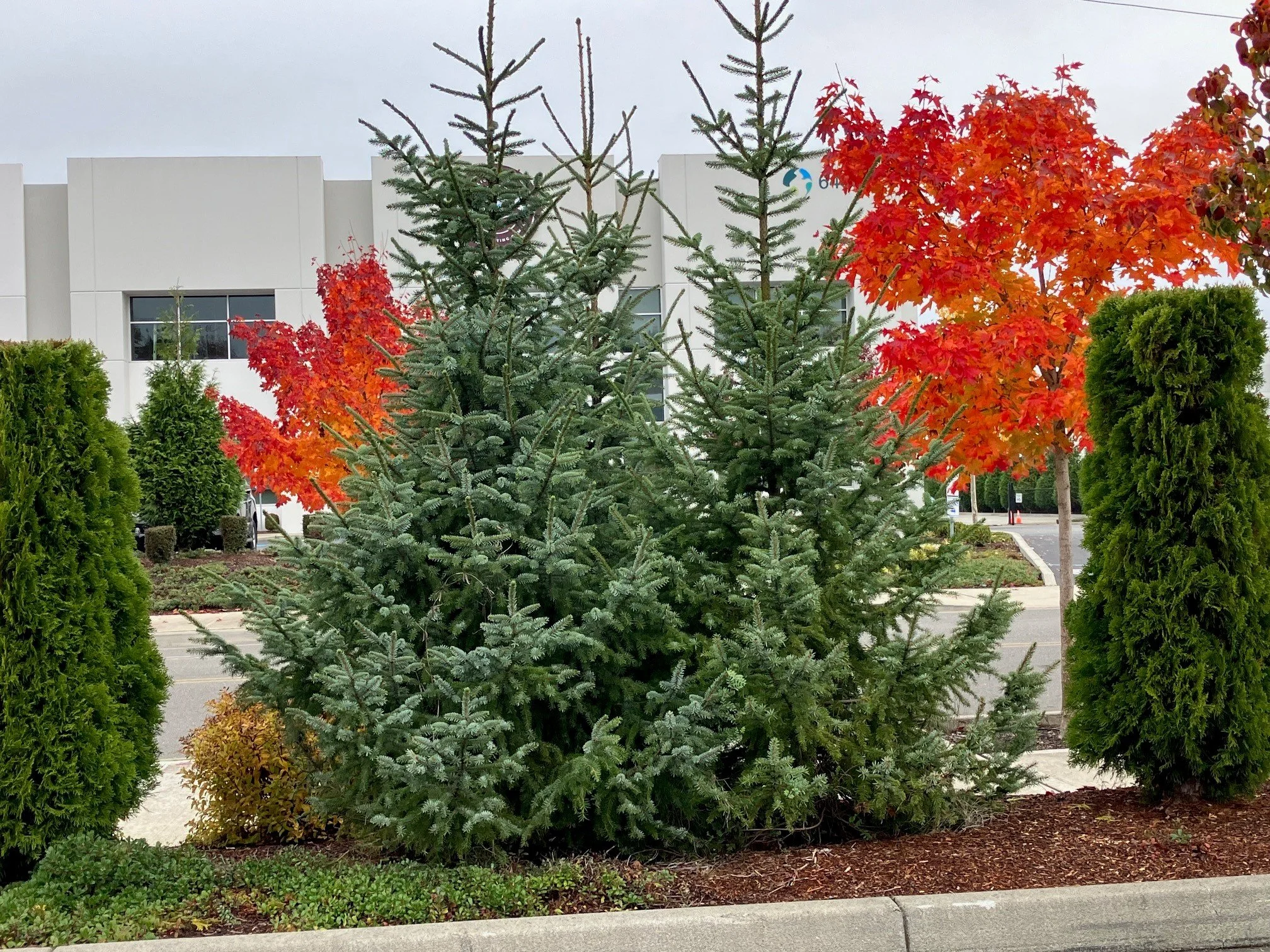Needle Know-How: Identifying Spruce Trees by Their Needles
Spruce trees, known for their majesty and versatility, are prominent in North American landscapes. Whether you're an aspiring arborist, a gardening enthusiast, or someone who appreciates the natural beauty of trees, recognizing different spruce species by their needles is fascinating and valuable. This guide zeroes in on the critical needle features - length, texture, color, and stomatal bands - to help distinguish between various species.
Deciphering Spruce Needles
Spruce needles are not just for show; they carry essential clues to a tree's identity. Each species, marked by its Latin name, exhibits unique needle traits. Let's delve into what to observe:
Needle Length: Ranges from less than half an inch to over an inch and a half, varying by species.
Needle Texture: Some spruce needles are soft and bendable, while others are rigid and sharp.
Needle Color: Hues differ from dark green to blue-green and even silver.
Stomatic Bands: Lines of tiny pores on the needle's underside, critical for the tree's transpiration process, are key for identification. Their appearance varies across species.
Identification Table
| Species (Botanical Name) | Needle Length | Needle Texture | Needle Color | Stomatic Bands Description |
|---|---|---|---|---|
| Blue Spruce (Picea pungens) | 1-1.5 inches | Stiff, Sharp | Blue-green to silvery-blue | Prominent white bands on all sides |
| White Spruce (Picea glauca) | 0.6-0.8 inches | Fine, Flexible | Bluish-green | Multiple rows, usually faint or less distinct |
| Black Spruce (Picea mariana) | 0.3-0.6 inches | Fine, Flexible | Dark green | White bands, less prominent than on Blue Spruce |
| Norway Spruce (Picea abies) | 0.5-1 inch | Medium, Somewhat Sharp | Dark green | Usually absent or very faint |
| Engelmann Spruce (Picea engelmannii) | 1-1.25 inches | Soft, Flexible | Blue-green | Prominent white bands, often wider than Blue Spruce |
| Red Spruce (Picea rubens) | 0.4-0.6 inches | Soft, Flexible | Yellowish-green to green | Faint to moderately distinct, often less prominent |
| Sitka Spruce (Picea sitchensis) | 0.6-1 inch | Sharp, Stiff | Blue-green to green | Usually distinct, with several rows |
| Serbian Spruce (Picea omorika) | 0.4-0.8 inches | Soft, Flexible | Dark green to blue-green | Faint, less obvious than other species |
| Colorado Spruce (Picea pungens var. colorado) | 1-1.5 inches | Stiff, Sharp | Blue-green to silvery-blue | Prominent white bands, similar to Blue Spruce |
| Oriental Spruce (Picea orientalis) | 0.2-0.4 inches | Soft, Dense | Dark green | Generally absent or very faint |
Practical Tips for Identification
Observe in Proper Light: To accurately assess color and stomatal bands, examine the needles in good lighting.
Feel the Texture: Gently feel the needles to gauge their rigidity or suppleness. Be cautious, as some can be sharp!
Use Magnification: A magnifying glass can help you get a closer look at the stomatal bands.
Compare with Known Samples: If possible, compare your specimen with known samples or accurate images for more precise identification.
Consider the Tree's Overall Form: While focusing on the needles, consider the tree's overall shape and size, as these aspects can provide additional identification clues.
Recognizing the differences in spruce needles enhances your understanding and appreciation of these splendid trees and aids in accurate species identification. Whether for professional or personal interest, this guide is your starting point for exploring the diverse world of spruce trees.


